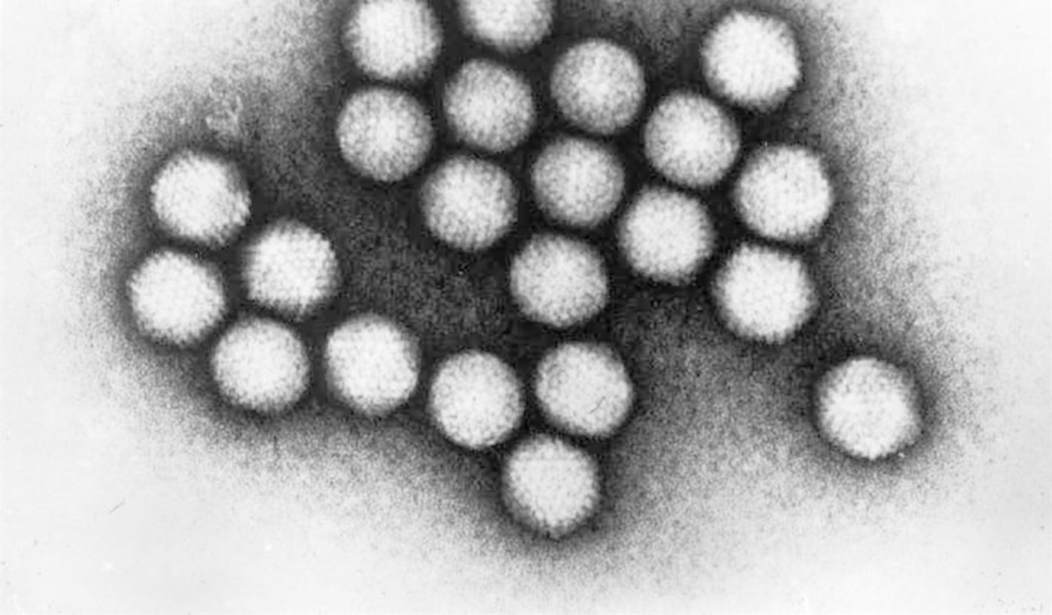I suspect that some of you have already lost interest in tracking all of the different variants of the Wuhan virus that have shown up over the past couple of years and we couldn’t blame you if you have. The information overload has been relentless, with much of it turning out to be garbage not all that long after Fauci “assured” us about it. The latest few strains are still being touted by both the government and most of the media as being “potentially” dangerous, however. As you may recall, after Delta we were hit with Omicron. It was initially the source of another round of fearmongering because of its higher transmissibility, but it turned out to produce significantly lower rates of hospitalizations and deaths. Then the BA.1 variation of the variant showed up. Now the dominant strain in the United States and around much of the world is the BA.2 variant. But despite all of the warnings, the medical community is still urging caution, but early testing suggests that BA.2 is looking more like a “bump” in the road rather than an actual surge. (Yahoo News)
For weeks now, BA.2 — an even more transmissible subvariant of BA.1, the original, hyper-contagious Omicron strain — has been wreaking havoc across Europe, triggering steep and sudden resurgences of infection just as the continent’s enormous winter wave finally seemed to be subsiding. In England, COVID-19 hospitalizations haven’t been higher since the pre-vaccine era.
At first, the fear was that BA.2 would spark a similar U.S. surge. But dig into the latest data, and it looks like something different might be happening instead: A less dangerous and disruptive type of COVID “bump” that could foreshadow the next phase of the pandemic — if America is lucky.
There’s no question that U.S. cases are rising, or that BA.2 is responsible. Last week, the Centers for Disease Control and Prevention announced the new variant had officially achieved nationwide dominance after it was detected in 55% of COVID-19 samples analyzed between March 20 and 26.
The details in the linked report are some of the more calm, level-headed ones we’ve seen to date. Yes, the BA.2 variant is spreading around in the United States. But there are two things to know about this that will likely prove important. First, while the number of positive tests has risen significantly in the first spots where it showed up (Washington and New York), the number of hospitalizations and deaths has barely budged.
Perhaps more importantly, the spread of BA.2 has been substantially slower than any of the previous strains. That is leading the researchers looking into this variant to conclude that the United States is “not in for a sharp increase in cases or a big wave.” This doesn’t mean that the latest variant is any less transmissible. It’s just having a hard time finding fertile targets. At this point, a vastly higher number of people are vaccinated and in many cases boosted than one year ago. Many others, both vaccinated and unvaccinated, have already had a bout of the original Omicron or BA.1. For all of those people, if they do manage to contract BA.2, many of them will barely notice it.
The only hot targets this variant has are found in the remaining, significantly smaller population that is both unvaccinated and has never been infected. And even for them, none of the Omicron variants are nearly as deadly as Delta was, or the original strain for that matter. That’s not to say that we won’t be having people who die or require hospitalization. We clearly will. But for the umpteenth time, those negative results showed up among people with the seasonal flu every winter, long before the Wuhan virus blew into town.
Continue getting on with your lives as you see fit. If you want to keep getting boosters or wearing a mask, feel free. If you don’t, it’s your choice to roll the dice as you see fit. But we need to be done with this. We have plenty of other things on our plates at the moment to be concerned with.









